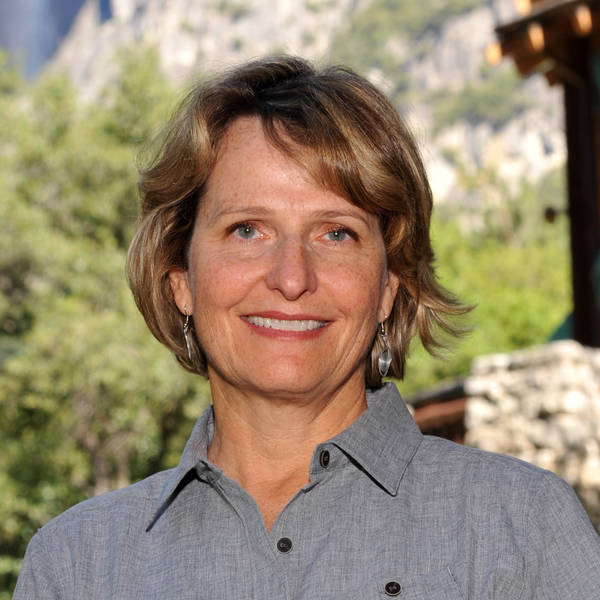Help keep staff and the public safe by enjoying parks from afar.
This is an updated version of a story that originally posted on March 20, 2020.
As states and localities impose new restrictions ordering residents to stay home, NPCA is urging all national parks to close and the public to stay home to keep themselves — and national park staff — safe during the continuing COVID-19 crisis.
Many national park sites have already partially or completely closed in response to safety concerns as confirmed coronavirus infection rates continue to increase. Despite these measures, at least seven National Park Service staff have tested positive for COVID-19.

Amid Coronavirus Threat, All National Parks Must Close
When it’s no longer possible for staff to protect their health, the health of the visitors or the resources they manage, it’s time to close the national parks. And that…
See more ›Secretary of the Interior David Bernhardt is continuing to keep park employees at work, despite the risk of contracting and spreading the virus. “I appreciate and expect that all department employees will continue to fulfill their duties and responsibilities as assigned while also taking necessary steps to preserve their health and safety and attend to the needs of their families,” Bernhardt said in a message to staff on Monday.
NPCA supports park superintendents as they make difficult decisions to protect their employees and visitors. Many remote parks are long distances from limited medical facilities, posing additional dangers to travelers and local residents who may come into contact with the virus and require respirators and specialized attention. If an outbreak were to occur in one of these parks, rural community hospitals and staff would be overrun.
Many iconic national parks draw large crowds where social distancing best practices may prove difficult or impossible, even outdoors. In Moab, Utah, a gateway community near the entrance to Arches and Canyonlands National Parks, health officials warned travelers to cancel and reschedule their trips to avoid putting undue strain on limited local medical resources. Both parks have since closed entirely to the public.
But other national parks such as Shenandoah and Zion are continuing to see thousands of visitors a day, crowding popular trails and forcing park staff to put themselves at risk. Parks such as these cannot maintain reasonable physical distancing mandates of keeping 6 feet between people. Allowing these parks to stay open undermines the efforts of entire communities of people who are heeding public health warnings and staying home.
This is a confusing, turbulent time for people seeking solace, but the parks will still be there after the pandemic is over. If you or a loved one are thinking about a trip to a national park, consider:
1. Is the park open? Every day, park superintendents must determine how to prioritize the health of their staff and local communities, as well comply with directives from governments at all levels fighting to contain the spread of COVID-19. The park you want to visit may very well be closed or could close by the time you travel there.
2. How many people will you come into contact with at the park? Some parks see thousands of visitors a day. Be sure to think of all scenarios in which you may struggle to maintain social distancing best practices. You might not be able to stay 6 feet away from other park visitors on the most popular trails – and certainly not in crowded buses, lodges or restrooms. Will your activities put yourself, other visitors or park staff at risk?
3. What happens if you get sick while visiting the park? Will you be close to well-equipped hospitals with intensive care units? How long would it take you to get to the hospital from a trail or remote location in the park? Are park staff or local authorities able to assist you in a timely manner? Will you be diverting resources from a community’s limited emergency response and healthcare needs?
Already-taxed park rangers are coming into contact with hundreds of visitors, personal protective equipment is being rationed and is only available for emergencies, and park staff are calling out sick because they no longer feel safe going to work. If you reschedule when parks are fully staffed and programs are running again, it will not only be safer, you’re also likely to have a better experience.
Stay On Top of News
Our email newsletter shares the latest on parks.
For more information on the Park Service response to COVID-19, also known as the novel coronavirus, see the agency’s public health update. For more on specific park closures, the Park Service is urging the public to visit individual park websites.
For guidance on protecting yourself and your family during the pandemic, see recommendations from the Centers for Disease Control and Prevention and the World Health Organization.
About the author
-
 Theresa Pierno President and CEO
Theresa Pierno President and CEOTheresa Pierno is President and CEO of the National Parks Conservation Association. She joined NPCA in 2004 after a distinguished career in public service and natural resource protection, and has helped to solidify the organization's role as the voice of America's national parks.